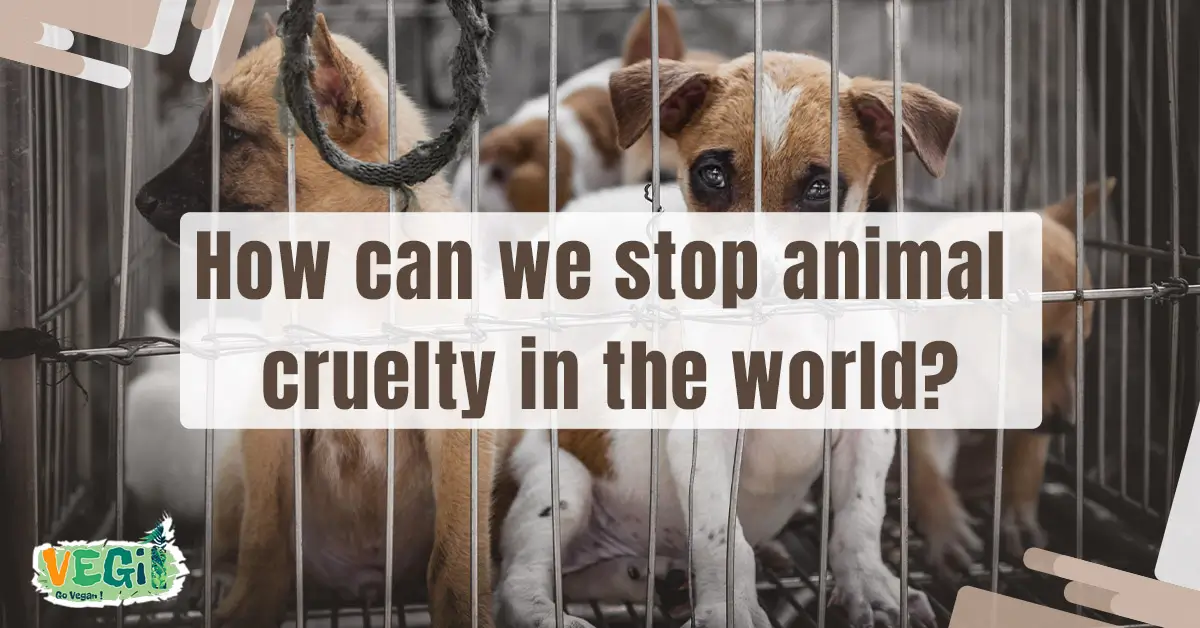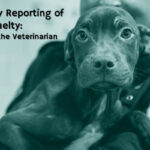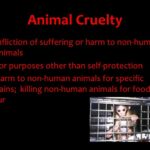The world stands as a mighty tapestry woven with myriad threads of existence. Among these threads are the lives of countless animals, each one a silent voice calling out from the depths of their unyielding suffering. The intricacies of animal cruelty are akin to an endless shadow, casting gloom over the natural world and overshadowing the beauty that lies within it. Today, as the echo of compassion reverberates in many hearts, the question arises: Do you worry about animal cruelty around the globe? If so, you are not alone; indeed, millions are awakening to the unsettling realities that unfold daily beyond our line of sight.
Animal cruelty is not merely an issue confined to the boundaries of lost ethics or moral decay; it is, rather, a manifestation of human apathy, a cold hand extended toward those who cannot fight back. From the distressing images of strays roaming urban alleys to the systematic exploitation of wildlife in poaching and illegal trade, the stark reality looms large. Each incident is a note in a somber symphony; yet, it can often feel as though only a few ears are attuned to its dissonance.
The essence of concern over animal cruelty is deeply rooted in empathy. To empathize is to step into another’s world, to feel their pain as they feel it. So, this global concern transforms into a powerful collective action. Think of a large river fed by countless streams—individual fears and frustrations coalesce into a current of advocacy, propelling it toward change. Yet, the tumultuous waters of indifference threaten to dilute this stream and render it ineffective.
One cannot overlook the pivotal role that education plays in ameliorating animal suffering. Awareness acts as a beacon of light amidst overwhelming darkness. Educational initiatives can unleash a torrent of knowledge, enlightening individuals about the ramifications of cruelty and the sanctity of life, irrespective of species. Social media platforms serve as modern-day town criers, amplifying the message and creating a ripple effect that can lead to monumental shifts in society’s paradigms.
However, while education is indispensable, it does not operate in a vacuum. It requires a symbiotic relationship with legislation. The laws purporting to protect animals vary dramatically around the globe, reflecting cultural attitudes towards non-human life. Unfortunately, in many regions, these laws are ineffectual or, worse yet, non-existent. To combat cruelty effectively, advocates must advocate for robust legislation that prioritizes the needs and rights of animals. The legislative process can be likened to a slow-moving glacier—imposing, yet often resistant to change. Yet, even glaciers can reshape landscapes given enough time and pressure.
Moreover, the socioeconomic factors intertwined with animal cruelty cannot be sidelined. For many communities, the prevention of cruelty might seem overshadowed by pressing concerns such as poverty and food security. Disentangling these issues is like trying to untie a Sisyphean knot. In impoverished areas, animals often play a crucial role in survival, serving as sources of food, labor, and companionship. Thus, the ethical call to protect animals must come hand-in-hand with initiatives aimed at elevating these communities out of hardship. True empathy encompasses understanding the complex interplay of lives within various ecosystems.
Keeping the conversation focused on animal welfare requires acknowledging the vast impact of factory farming and exploitative practices within agriculture. In industrialized nations, the scale at which animals are raised for consumption is staggering. Reports indicate that billions of animals suffer through cramped conditions, unnatural diets, and inhumane handling, only to meet a grim fate in slaughterhouses. These practices are not mere anomalies; they represent a systematic failure to uphold the ethical treatment of animals. Here, understanding and actively combatting the psychological desensitization that often accompanies such industries are essential. Recognizing that behind each product lies a living being promotes more humane consumer choices.
Public sentiment is gradually shifting as consumers become increasingly conscious of their purchasing power. Movements advocating for plant-based diets and ethical sourcing are gaining traction. For instance, movements such as “Meatless Mondays” or local farm-to-table initiatives aim to disrupt the status quo by encouraging individuals to reconsider not just what they eat but how their choices affect the lives of animals. Such shifts reflect the broader human capability for compassion, thereby establishing a unique appeal for societal reform.
Nevertheless, passion for animal welfare needs to be sustainable, akin to tending a fire that can flicker out if not stoked consistently. Engaging in volunteer work, supporting sanctuaries, or lending a voice to local advocacy groups are all methods to interlace active participation into the narrative of animal rights. Social movements, driven by fervor, can influence policy changes but require continuous engagement to be truly effective. The strength of communal responsibility illuminates the path forward, fostering a network of accountability focused on ending rather than perpetuating cruelty.
Foremost, advocacy must emerge from a place of mutual respect for all beings, transcending anthropocentric perspectives. The act of understanding animals as sentient beings with inherent rights can guide ethical consumerism and policymaking in a more humane direction. It beckons society toward a future filled with kindness and compassion. As discussions surrounding animal welfare gain momentum, they can shift perceptions, encourage protective legislation, and cultivate empathy.
Ultimately, the fear of animal cruelty is valid, echoing in the conscience of a world that must come to grips with its responsibilities toward living beings. Each individual grappling with the reality of suffering, choosing to act decisively, and inspiring change in their spheres of influence creates a ripple of hope. The fate of countless animals rests in humanity’s hands; the question is whether we will turn our compassion into action. If together we wield our collective power, the tapestry of life illuminated by kindness can brightly emerge from the shadows of cruelty, where no one is an island in their concern.








